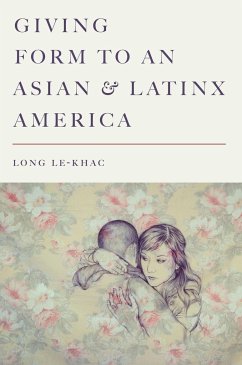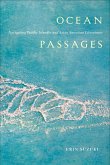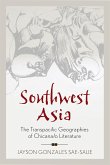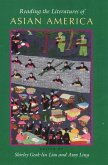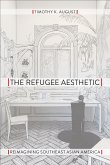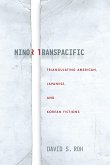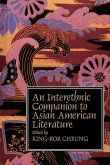"Giving Form to an Asian and Latinx America tells the story of the making of a shared Latinx and Asian America over the past fifty years. Historically this solidarity has been difficult to see because Asian and Latinx immigrants have often been described in opposing terms of desirability (model minority versus "illegal" immigrant). However, by looking at similarities in Latinx and Asian American literatures, Long Le-Khac reveals their entangled histories and the ways in which these groups have formed in relation to one another"--
Hinweis: Dieser Artikel kann nur an eine deutsche Lieferadresse ausgeliefert werden.
Hinweis: Dieser Artikel kann nur an eine deutsche Lieferadresse ausgeliefert werden.

